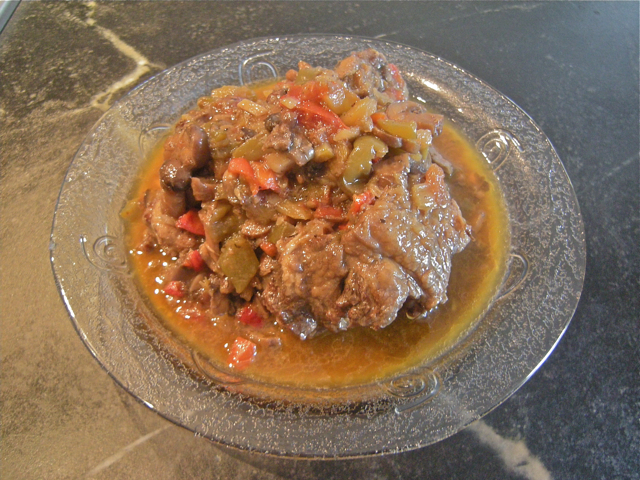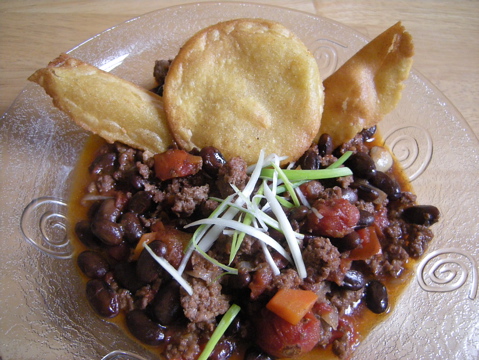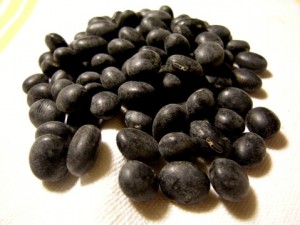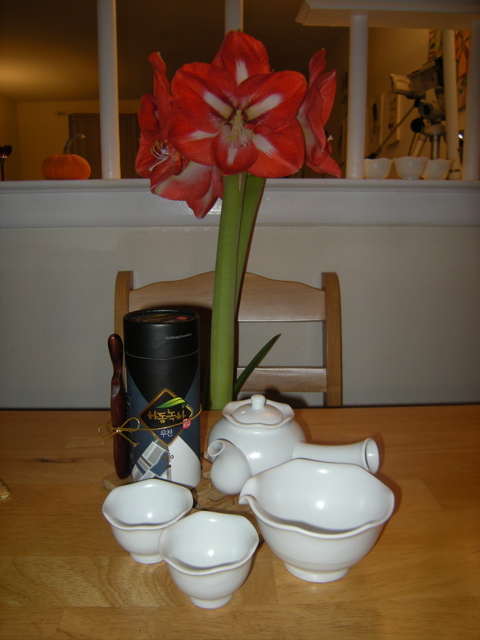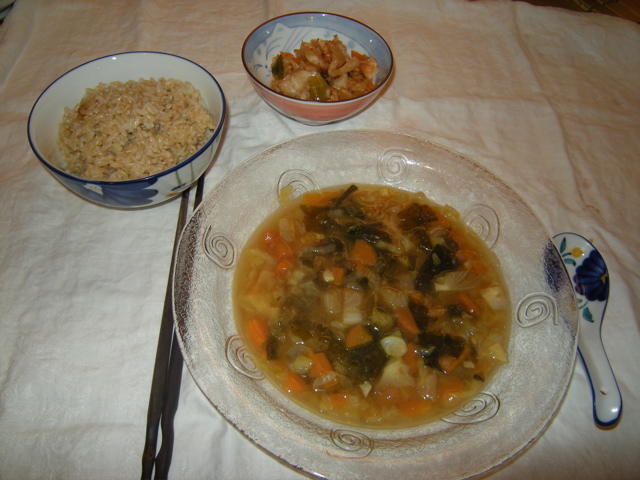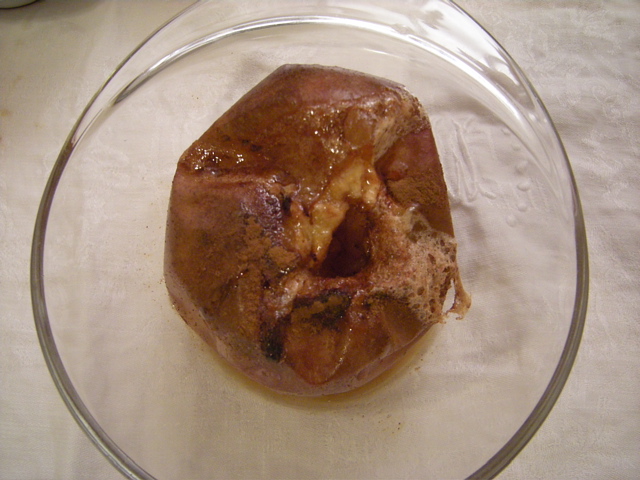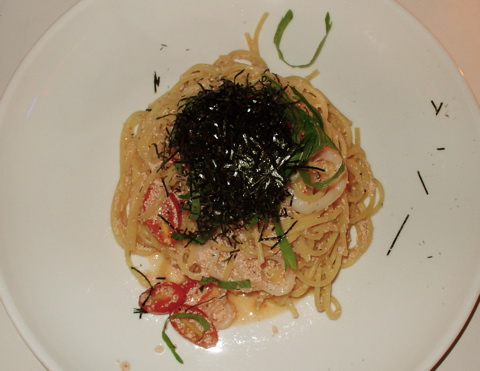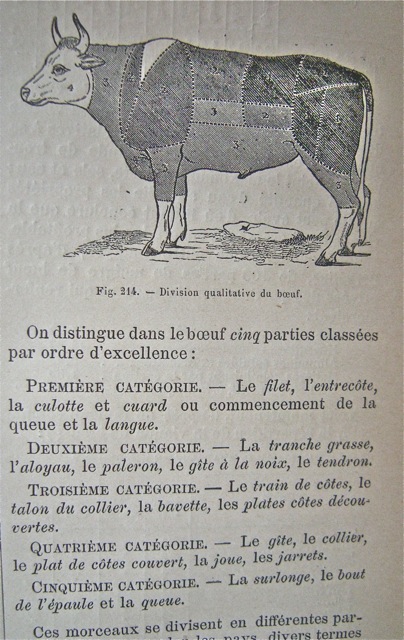 Image from: Dictionnaire Universel de Cuisine et d’Hygiène Alimentaire
Image from: Dictionnaire Universel de Cuisine et d’Hygiène Alimentaire
—Joseph Favre 1894—
In the the late 19th century French nomenclature for beef cut classification (see picture above), beef tail ranked as PREMIÈRE CATÉGORIE (first category) — for the top of the tail— & CINQUIÈME CATÉGORIE (fifth category) for the rest of it, which makes sense as the top of the tail is meatier than the end. Ox tail dishes can still be found on the menu of ethnic restaurants: Cuban, Chinese, Korean, but not so often in main stream place. To buy them your best choice will be a supermarket with any of the ethnic presences cited above, though personally I avoid any “industrial” meat and stick with grass fed. Yes, it is more expensive, but I rather eat less & avoid the hormones, antibiotics, and lousy treatment of the animal.
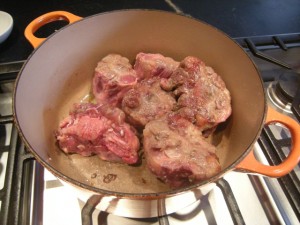
So I was thrilled to find some beautiful grass feed oxtail cuts at the Park Slope Food Coop, not only because I love it, but also because it is cheaper than any other cut: $4.63lb. The farm provenance: McDonald Farm in the Finger lakes Region of Upstate NY. I knew exactly how I was going to cook them because I surveyed the fridge before going shopping & noticed that a few veggies required immediate use. So below is my recipe with what was left over in the fridge and would make the dish great.

The only imperatives are:
1- Very long slow cooking
( 6/7 hours minimum)
2- Once fully cooked let the dish rest and eat it the next day, reheated.
3- Eat the tail bones with your fingers, other wise you will be missing all the best parts!
Recipe:
for 2 with a little left over:
2 lbs 1/2 of oxtail
1 onions
3 red pepper
1 green pepper
 1 zucchini
1 zucchini
2 celery rib
3 cloves of garlic
1 cup of small porcini mushrooms
1 ripe seeded tomato
—all of the above chopped fine—
1/2 cup of Shitake tails
1 cup of white wine
1 cup of red wine
Salt & lots of freshly ground pepper
Warm 2 tablespoon of duck fat, back fat or olive oil in a skillet; when it is hot, brown the pieces of tails thoroughly.
Set aside, keep the fat in the pan and sauté the onions, once melted add the red & green pepper, zucchini and celery. Sauté and let sweat for a few minutes. Then add the mushrooms, let them sweat a little ,then add the tomato and the garlic. Mix well, add the tail bones, mix well again, add wine, salt & pepper ,mix. Once the liquid boils, turn it down to a low flame and let simmer for 5/6 hours or more.
You know the meat is perfect when it comes undone easily and falls off the bone. If you can let is rest over night and eat it the next day it will taste even better. Look at Pierre above licking his fingers before he said: “This is absolutely delicious, and you can quote me!”


